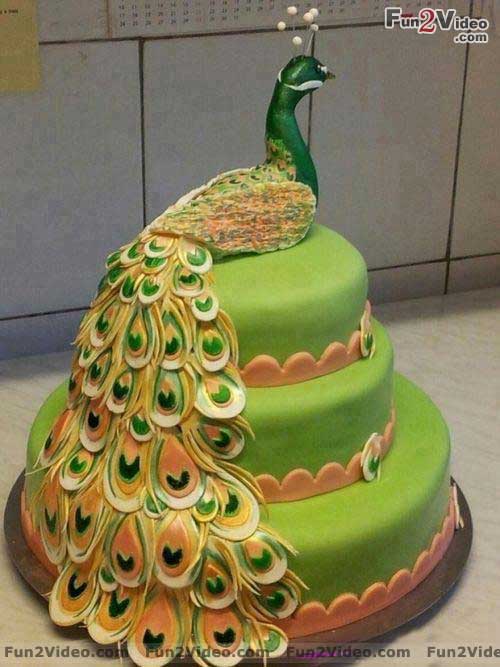
Objectives:
- Examine methods for evaluating qualities of art, such as product versus process, the difference between craft and fine art, must art be archival, and what is an aesthetic reaction.
- Explore the notion of food as an art form.
- Consider cultural differences in the production and consumption food.
Original Post:
First off, who wouldn’t think food is art? I mean, there exists culinary art which pertains to art that has to do with food. At restaurants, cooks master culinary art so that the presentation is superb and remarkably beautiful. This is just the same as a masterpiece of art at a museum because art should put people in awe. In Elizabeth Telfer’s article, she claims “An aesthetic reaction is a pleasant reaction to something. But it will not do as it stands. An aesthetic reaction need not be a flavourable one” (Telfer 10). The quote reveals that art has some sort of aesthetic reaction to it. Food not only is about flavor, but it is also about the presentation because food would less likely be eaten if the presentation was horrible. Dissanayake has a good point when she states, “a ‘disinterested’ attitude that is separate from one’s own personal interest” (Dissanayake 3). This can be related to food as art. Food is judged by an individual right there, when it’s presented. There should not be a judgement of any kind of art without experiencing its aesthetics. Food uses colors, designs, structures and textures just like art, hence food is art itself from its presentation. I claim that food is art because it is a creation/masterpiece just like an artist working with paint and canvases. Food is very similar because there is a chef who can create “a work of art” (Telfer 18) with edible arrangements, just like an artist. Art is a work of originality and uniqueness; food is considered art because no one can make the same dish more than once, there is always a slight alter. Every dish is an original creation, as is every art piece. As the author states, “all views and listeners approach works of art from their own points of view and their own preconceptions, and so in a sense each sees a different work of art” (Telfer 17). Every viewer of a painting or masterpiece has a different perspective and interpretation of what they see, and this is identical to a food dish at a restaurant.
Reflection:

This week’s assignment was my overall favorite of the course because I love talking and thinking about food. I argued that art was definitely considered art because of its aesthetics and similar qualities to other types of art forms. In Telfer’s article, I learned a lot of aesthetic reactions which is a major point to art as whole. Identical to other art forms such as a painting, the beauty of food can also be breathtaking by just looking at it.
I also learned about the cultural differences between the production and consumption of food. Both are important to food, but the production of food is the same as creating a masterpiece because chefs put in so much effort to their dishes to make it look extraordinary and delicious. Telfer states “creator of a recipe to a composer, and the cook… to a performer” (Tefler 18). The consumption of food and delight to the taste is important, but the production is the most important because without its aesthetics, people wouldn’t even dare to taste the food or look at it. Their appetite would just go away if there isn’t beauty to the dish. The pictures above are examples of food as art that are mostly based on the presentation and display of the dish.
Goals:
• Consider and evaluate the artistic values of food
• Appreciate the aesthetics and the cultural variation of what I consume
Sources:
Parasecoli, Fabio. “Is Food Art? Chefs, Creativity, and the Restaurant Business?” The Huffington Post. TheHuffingtonPost.com, 29 Aug. 2013. Web. 28 Oct. 2013.
Tefler, Elizabeth. (2002). Food as Art. In Neill, A. & Riley, A. (eds.)Arguing About Art: Contemporary Philosophical Debates (2nd ed., Chap. 2). New York, NY: Routledge.
Dissanayake, E. (1991). What is art for? In K. C. Caroll (Ed.). Keynote addresses 1991 (NAEA Convention), (pp15-26). Reston, VA: National Art Education Association.
I’m hungry now, can you go back a little?
The show must go on!